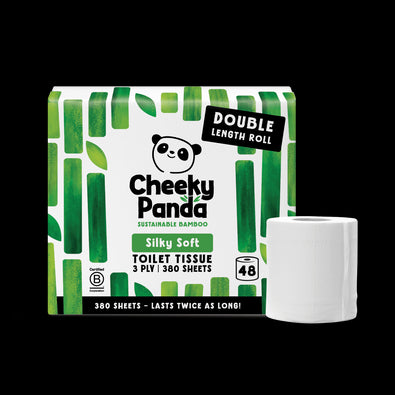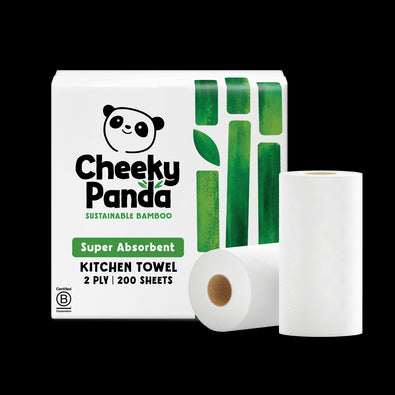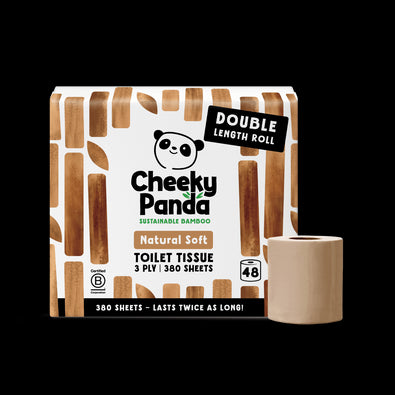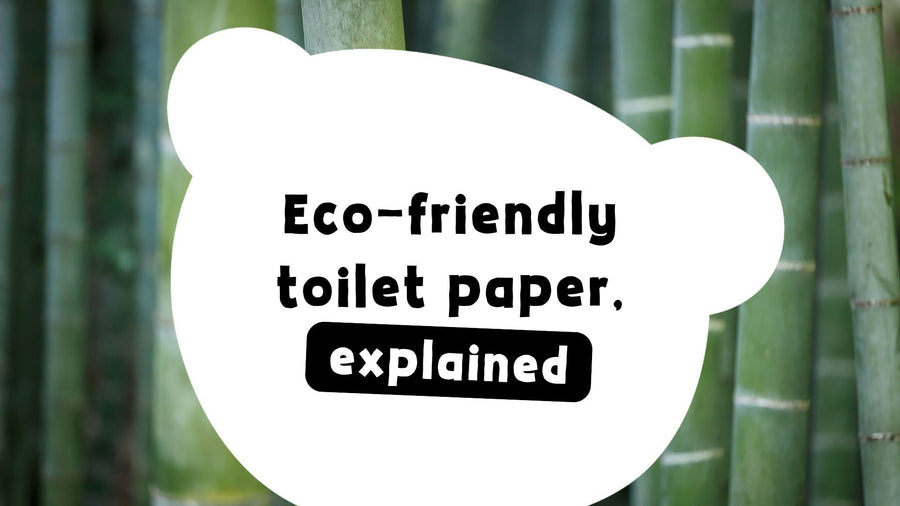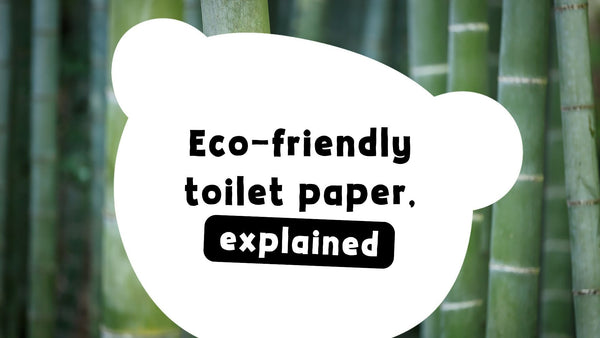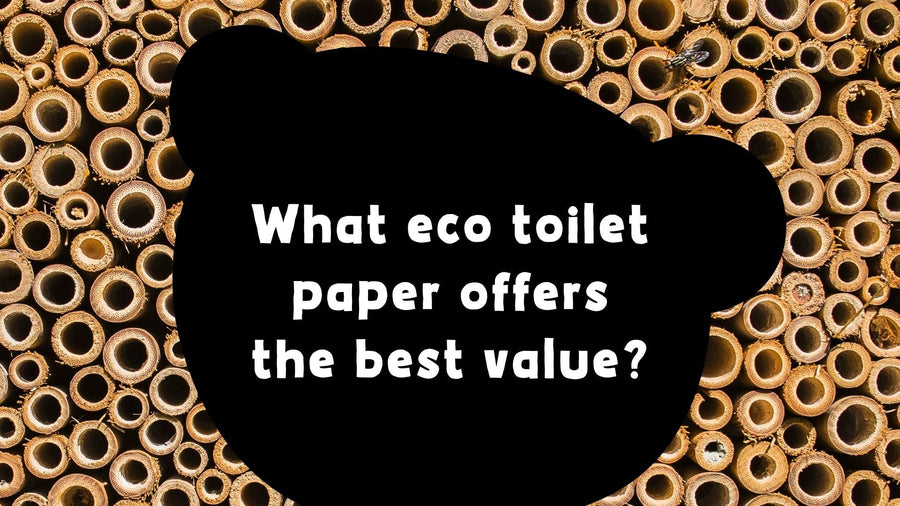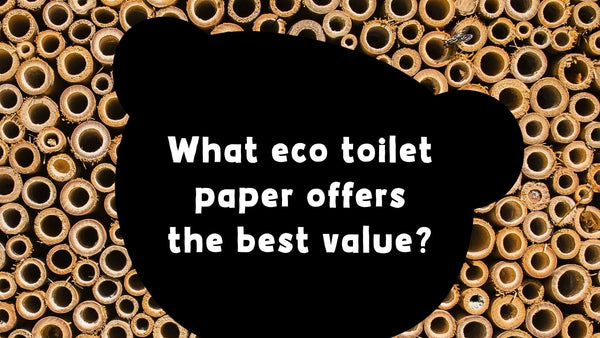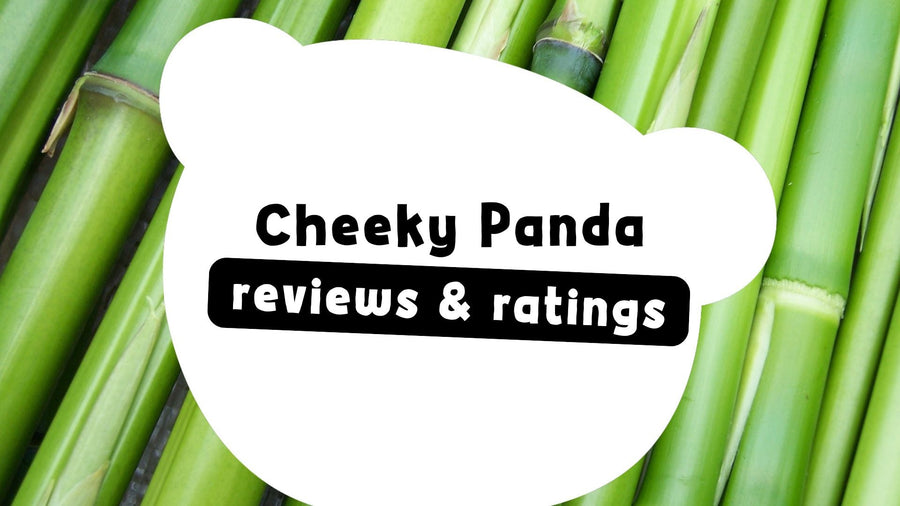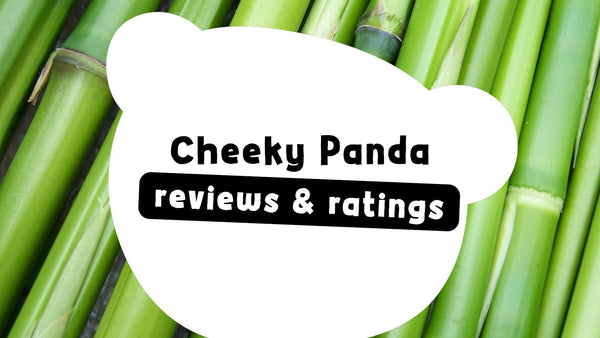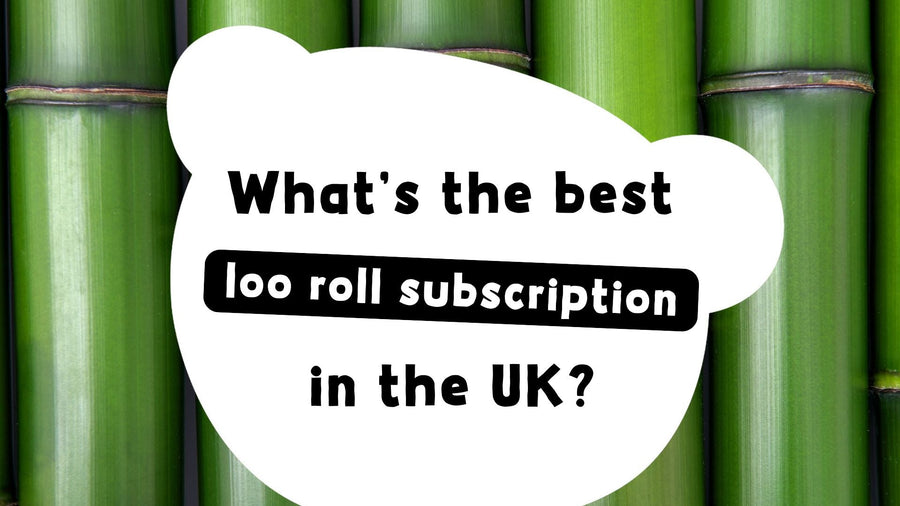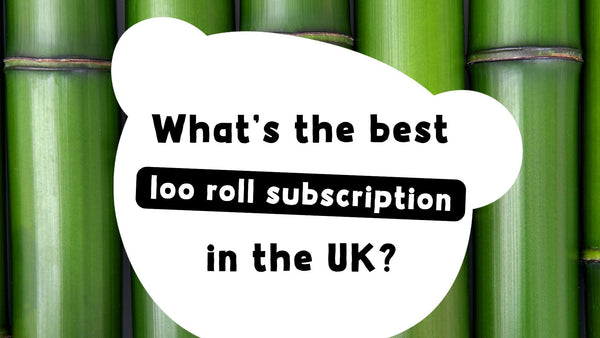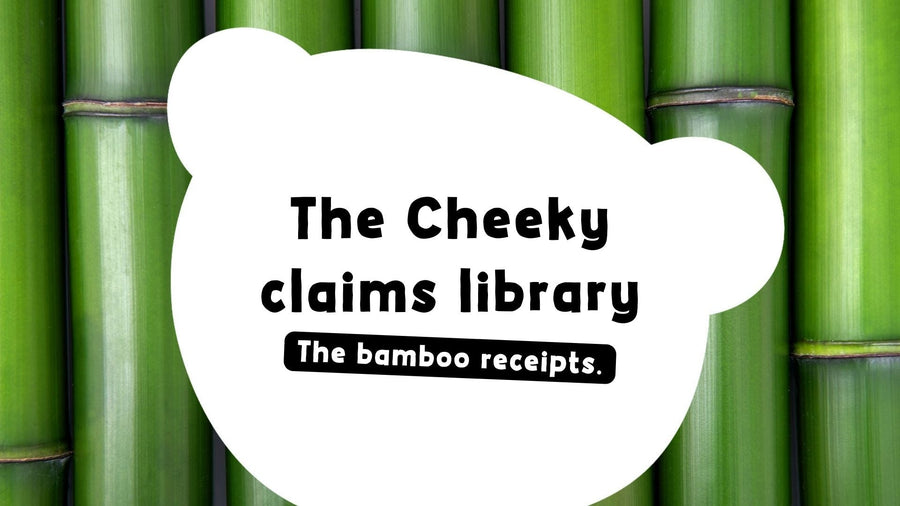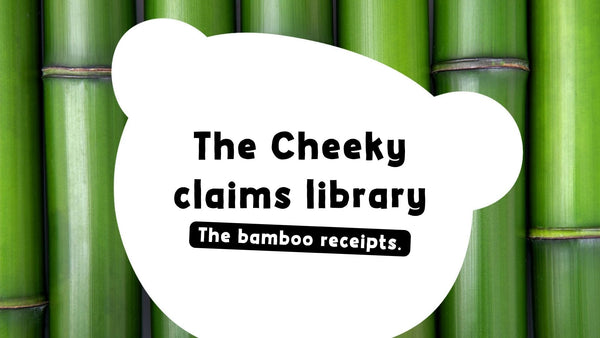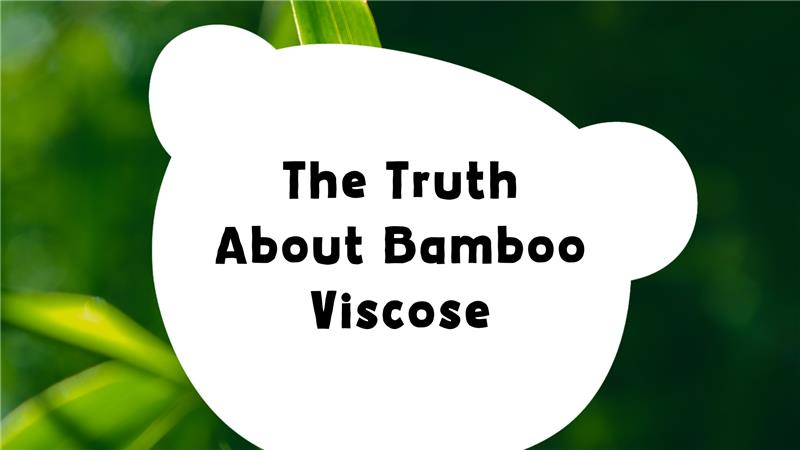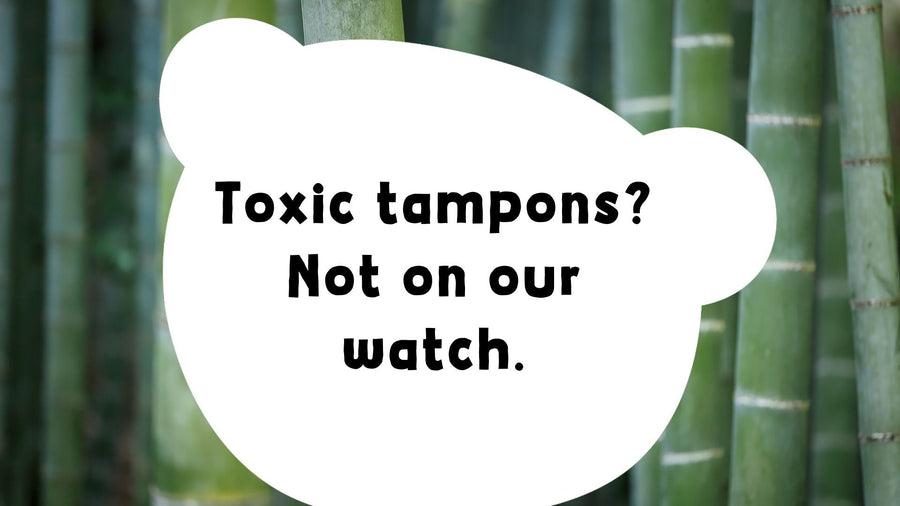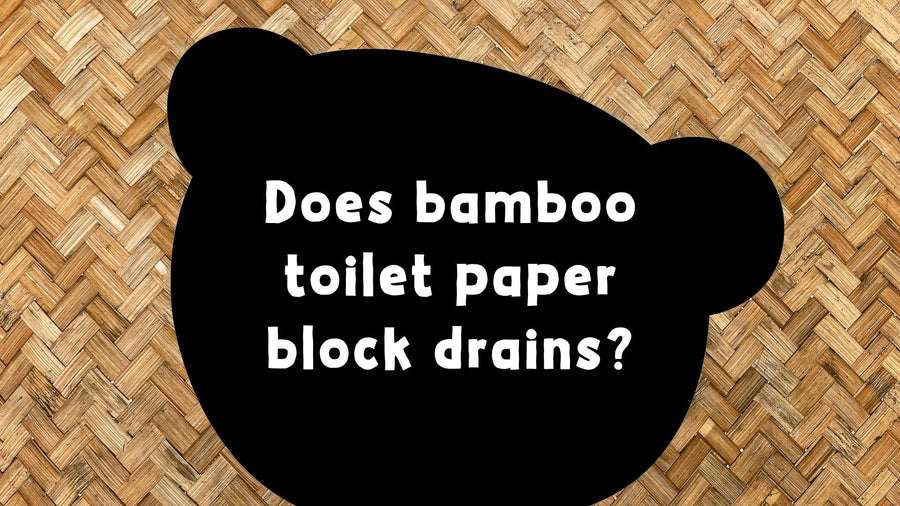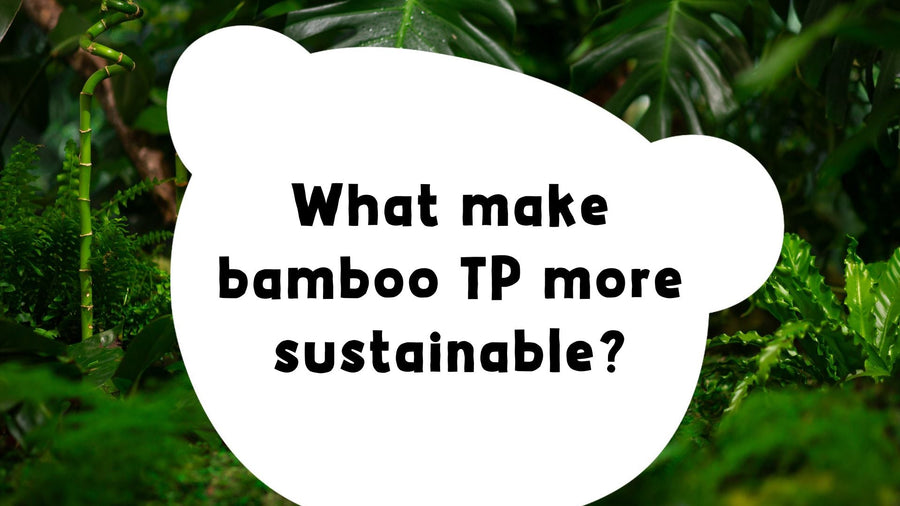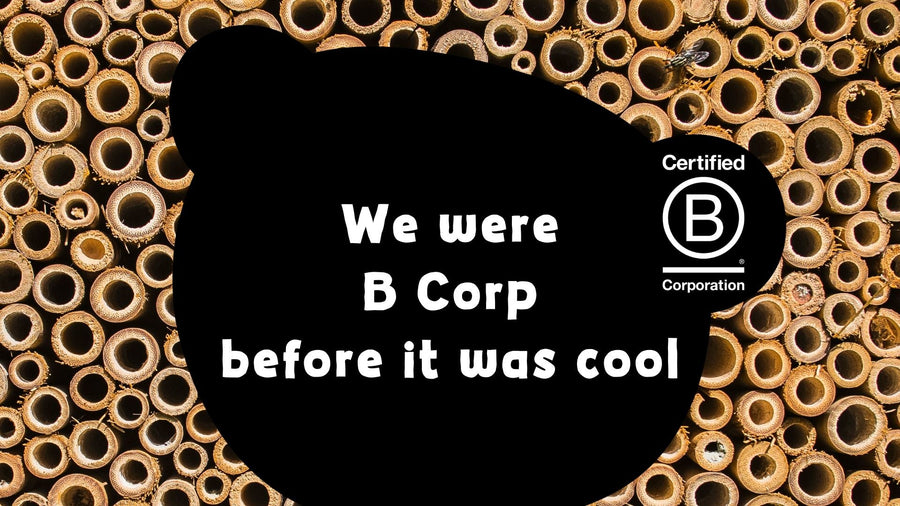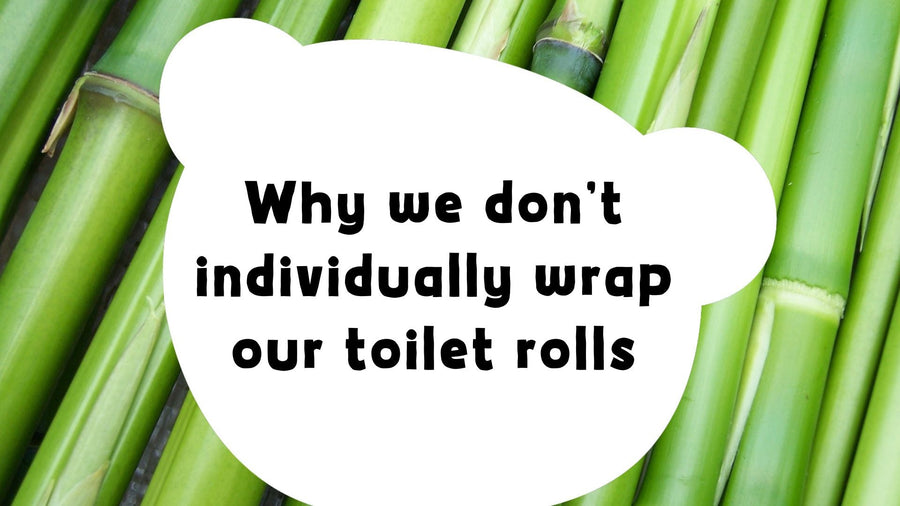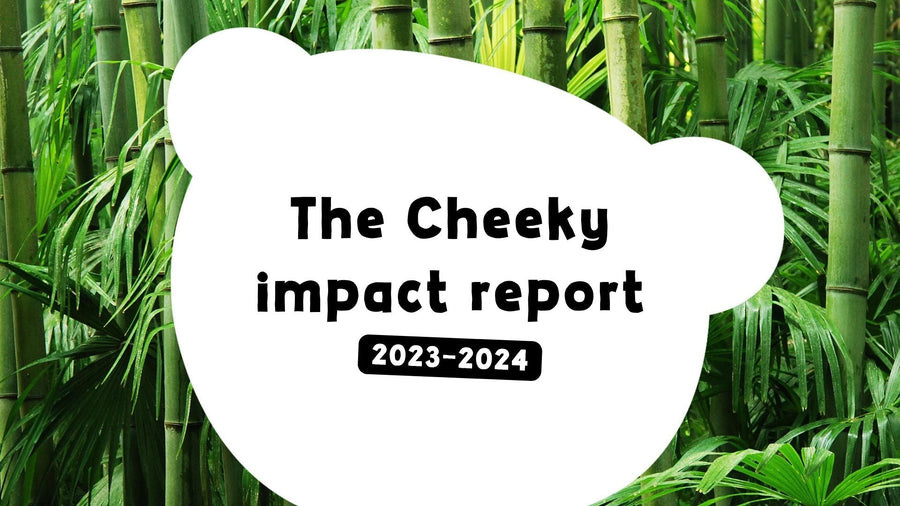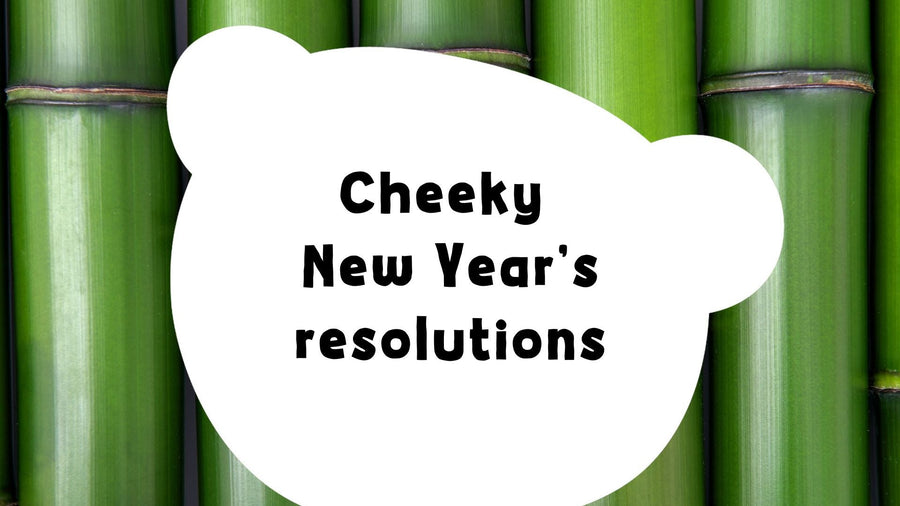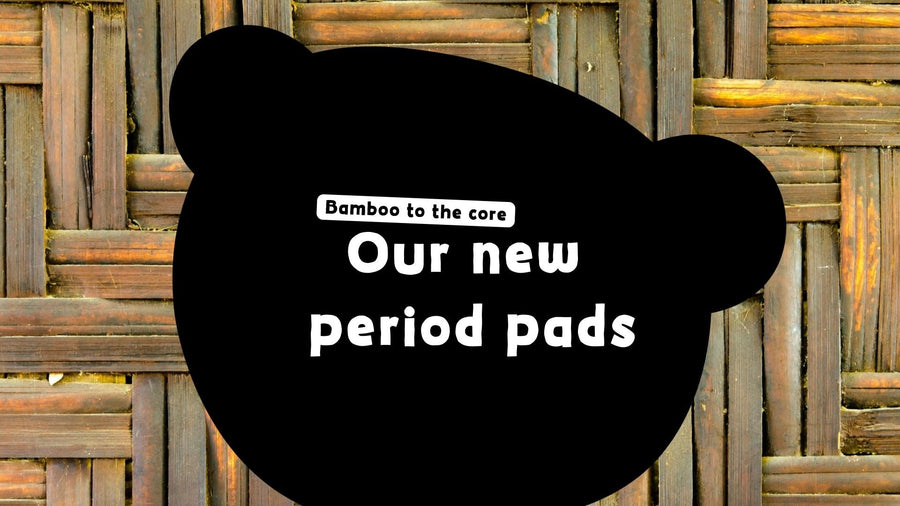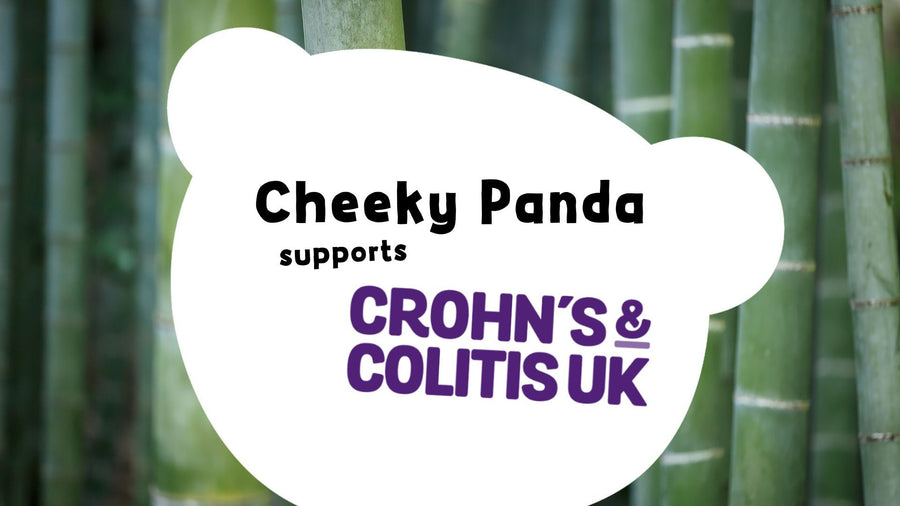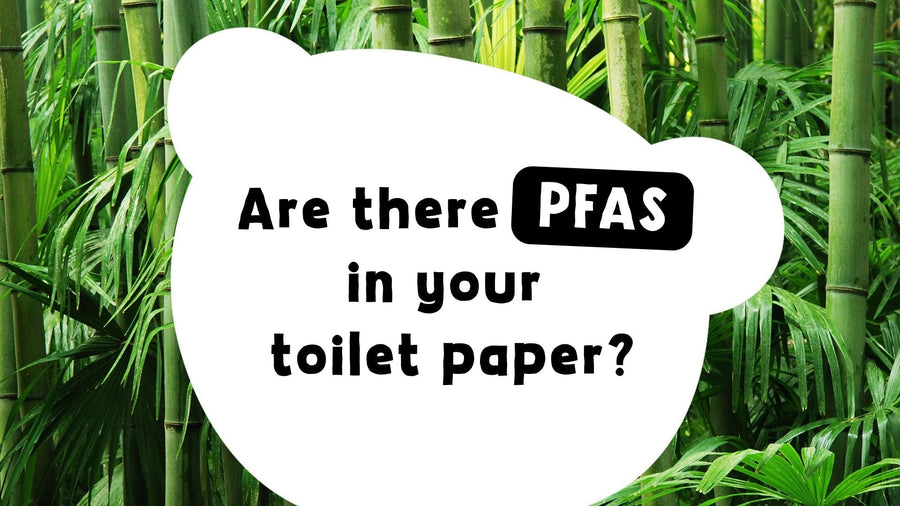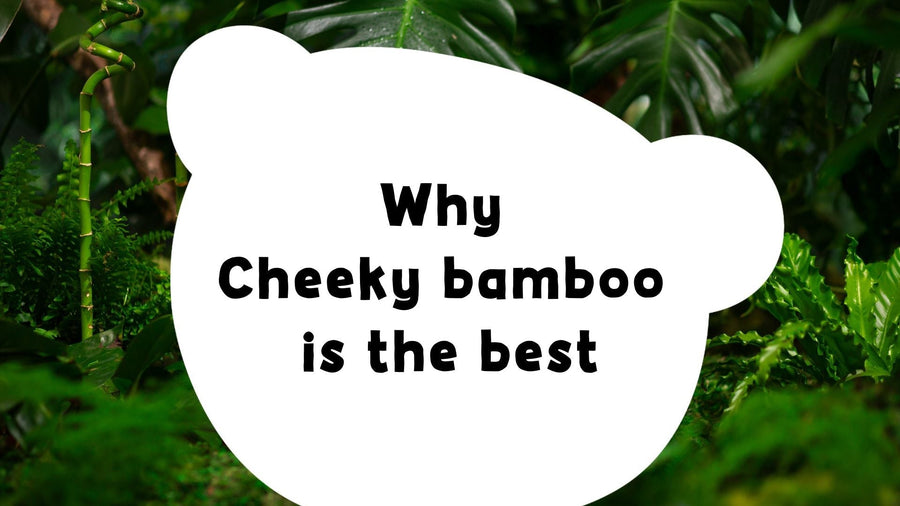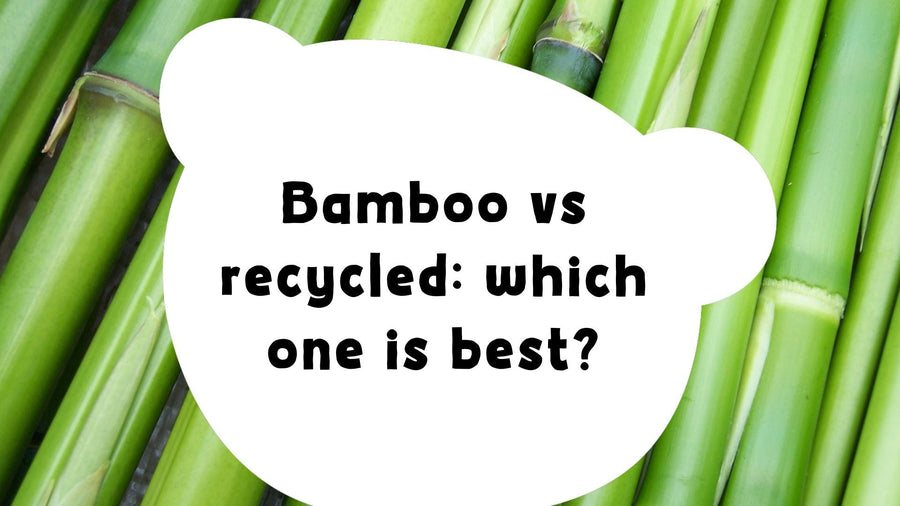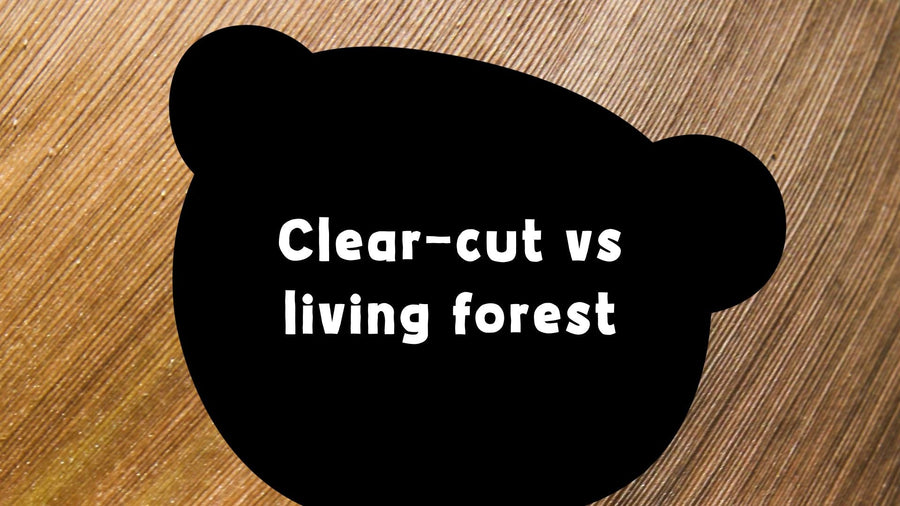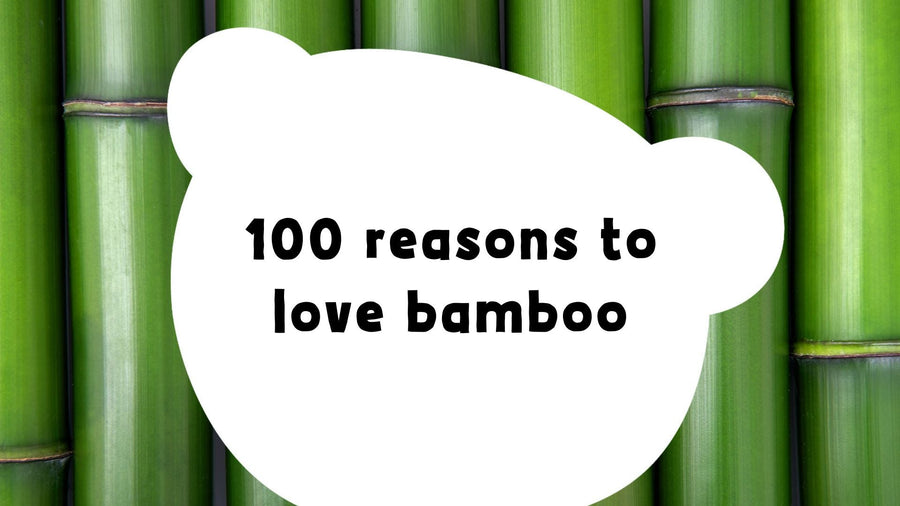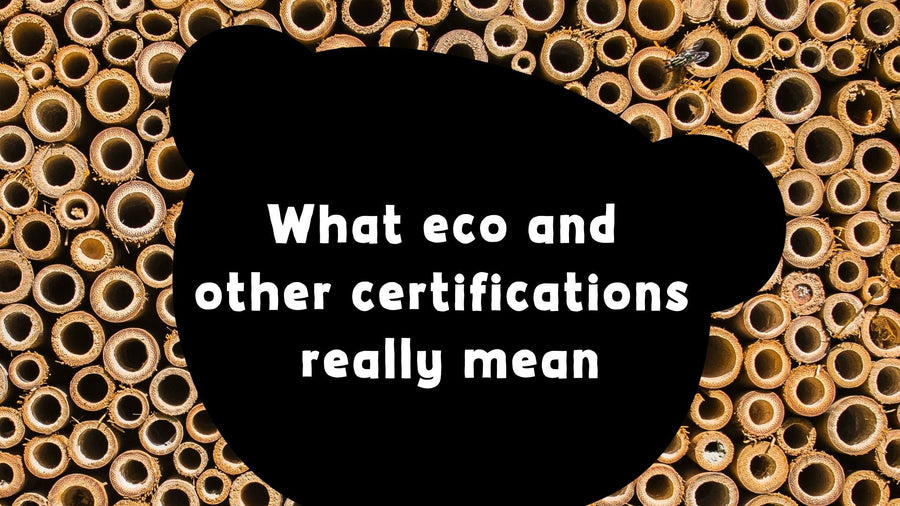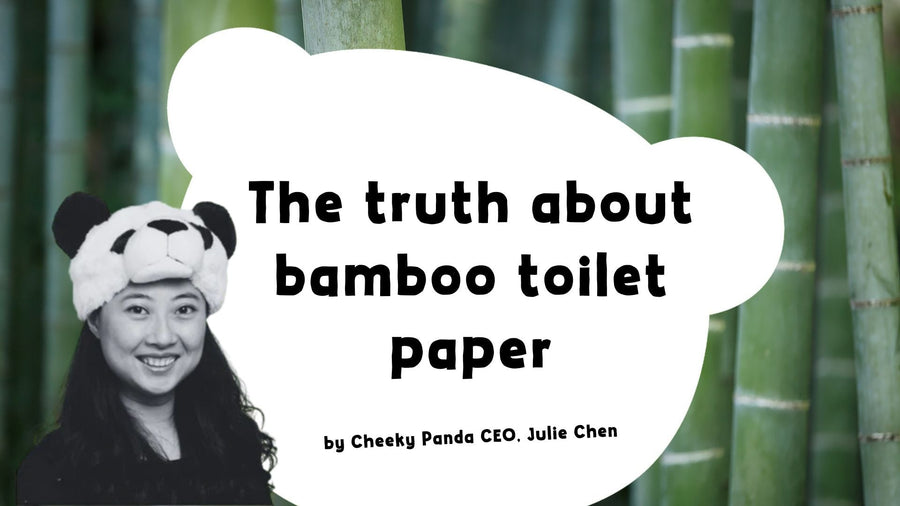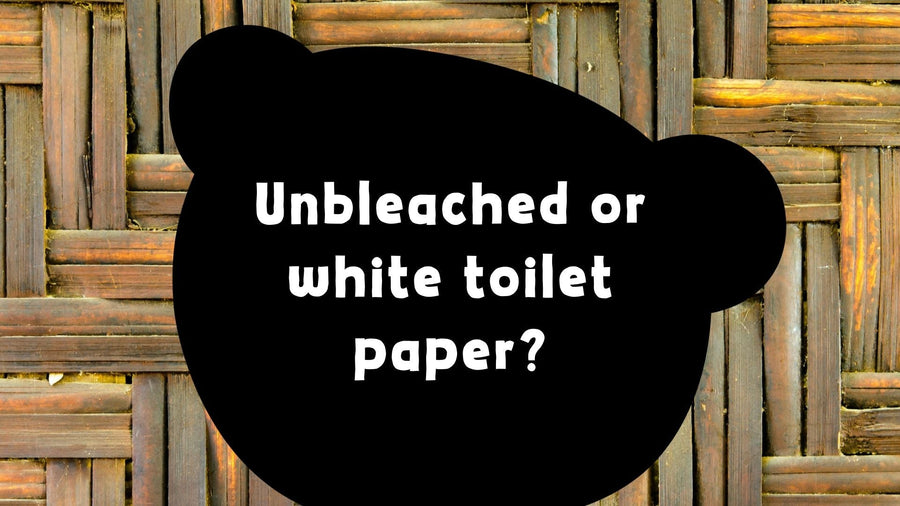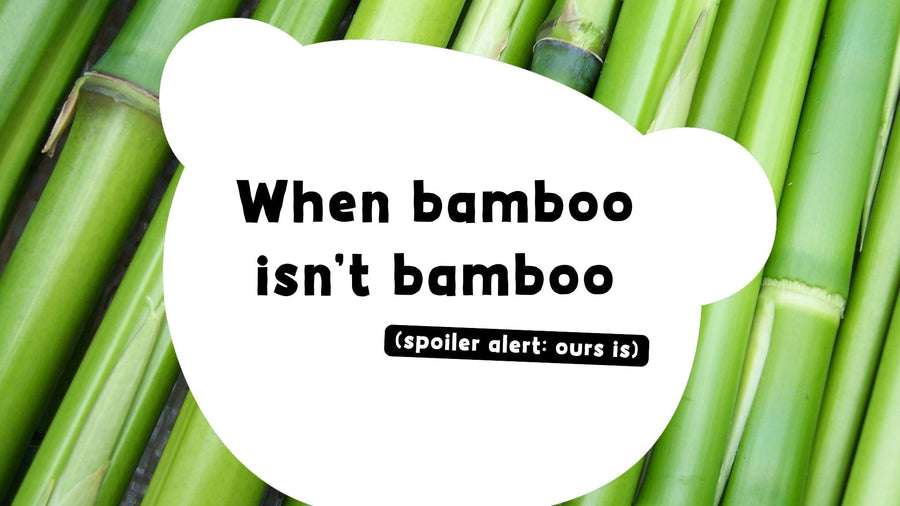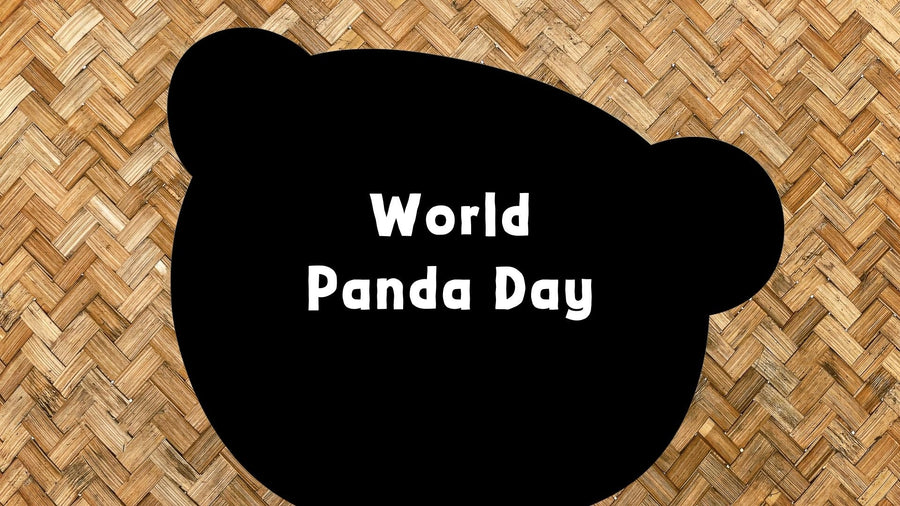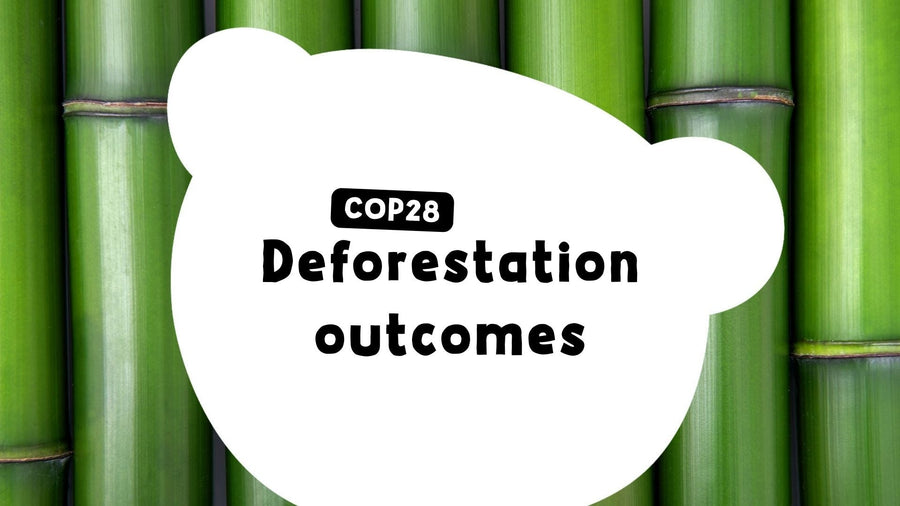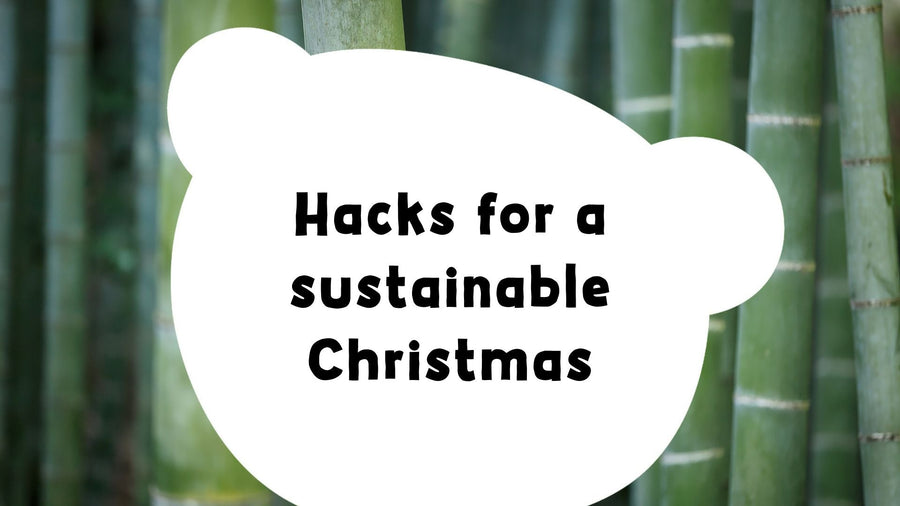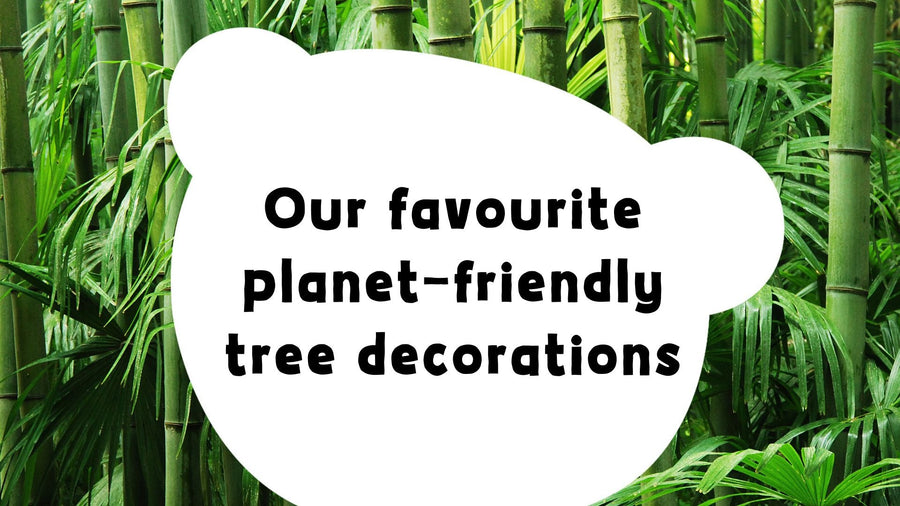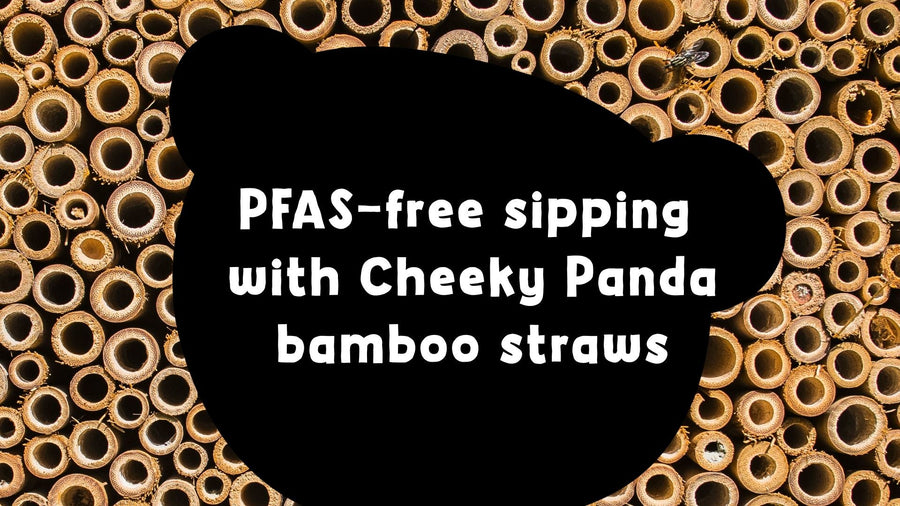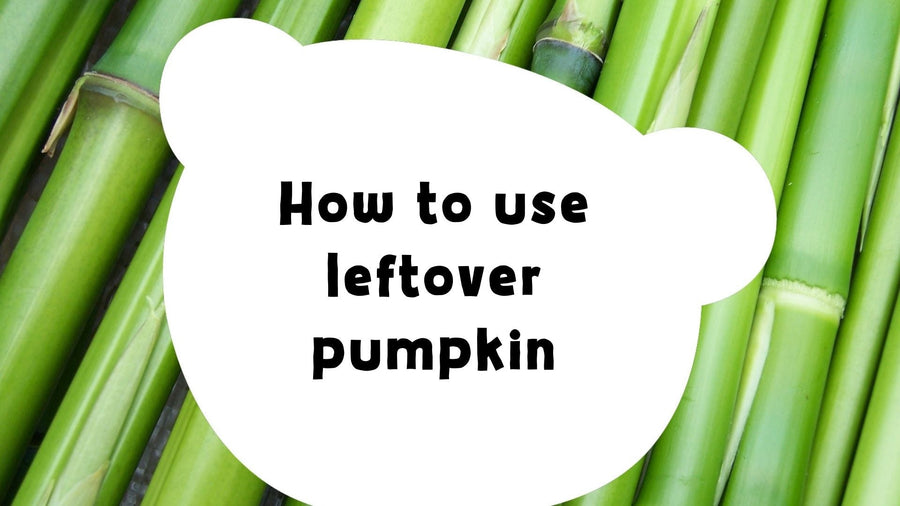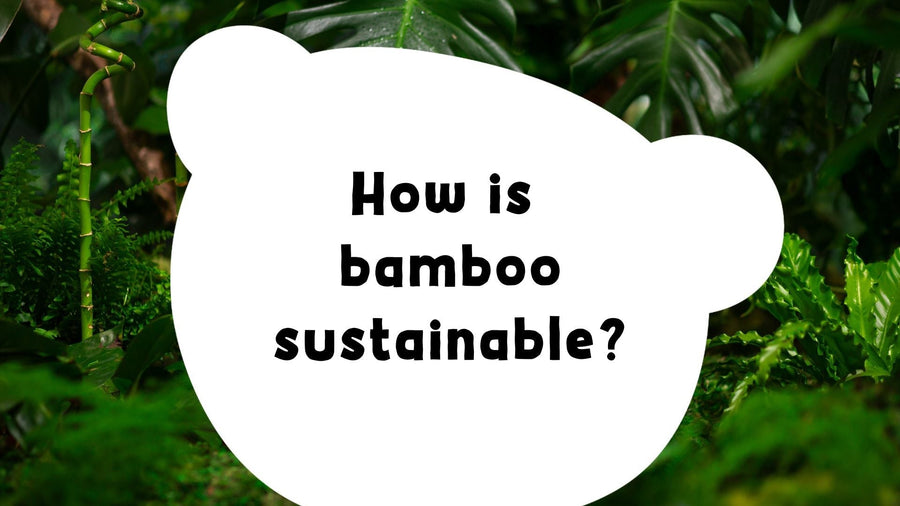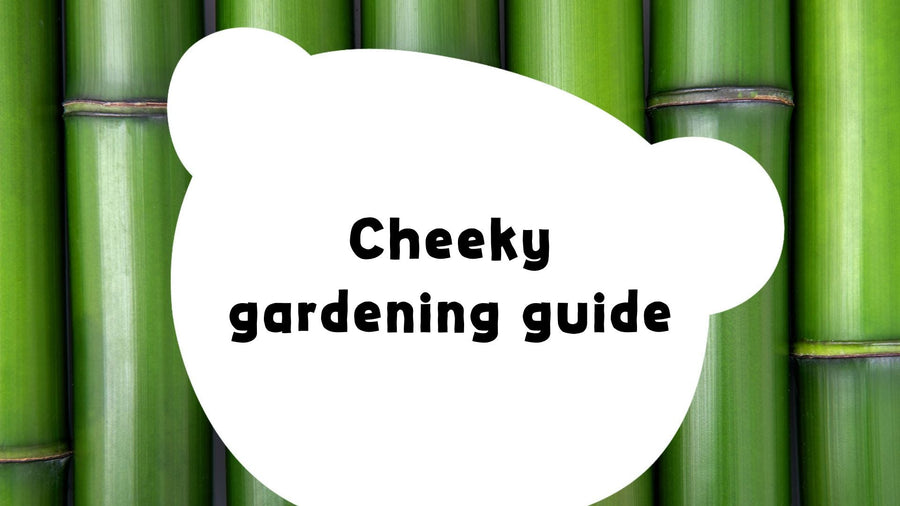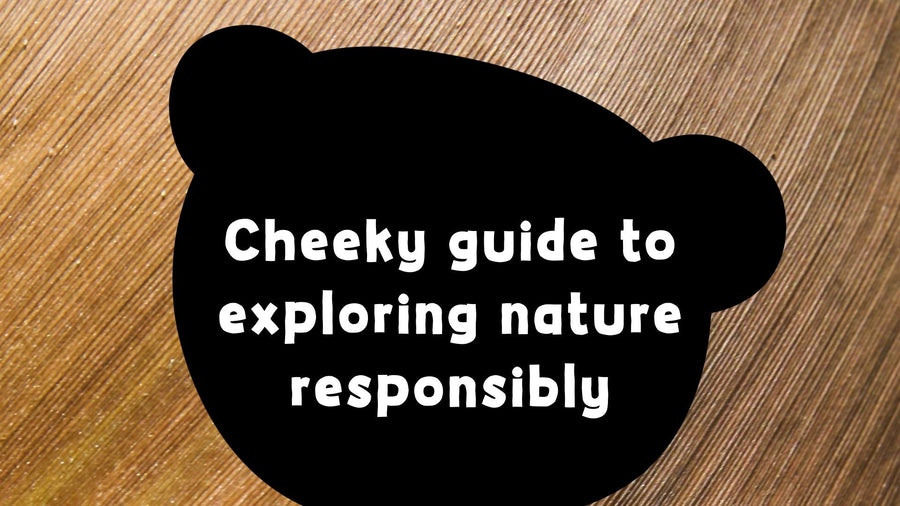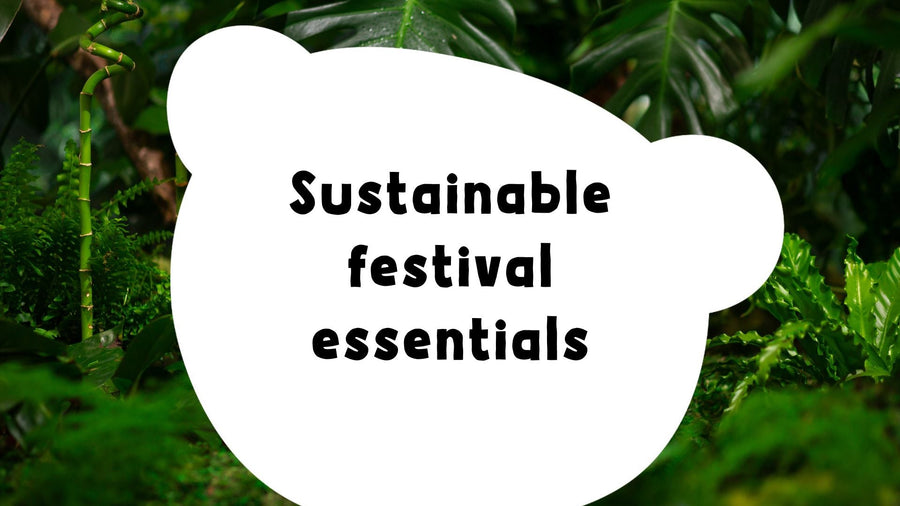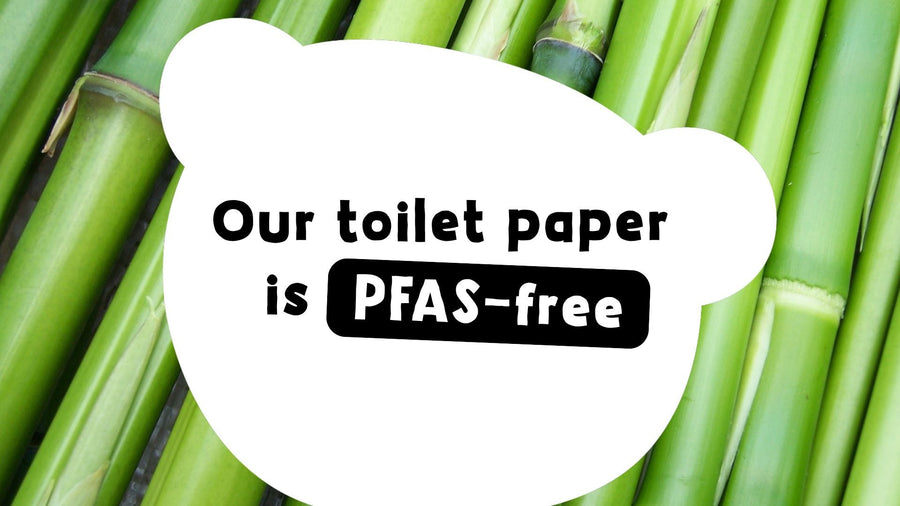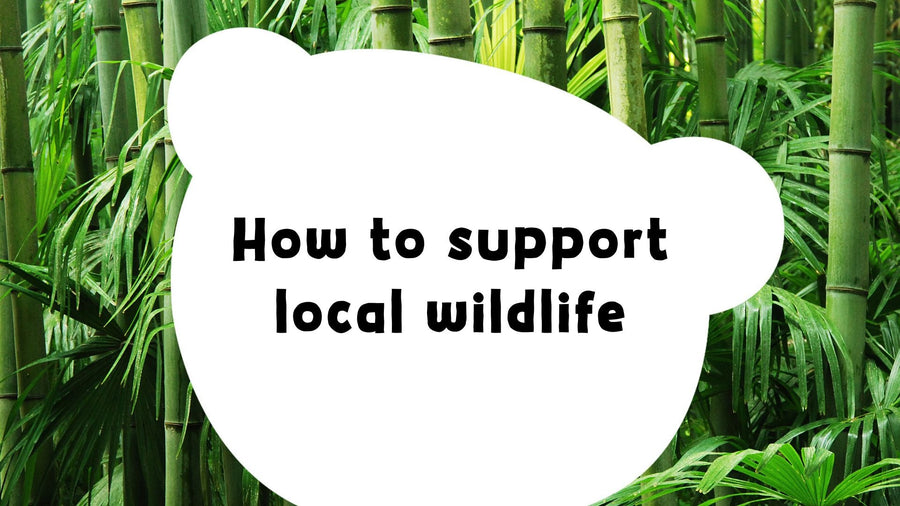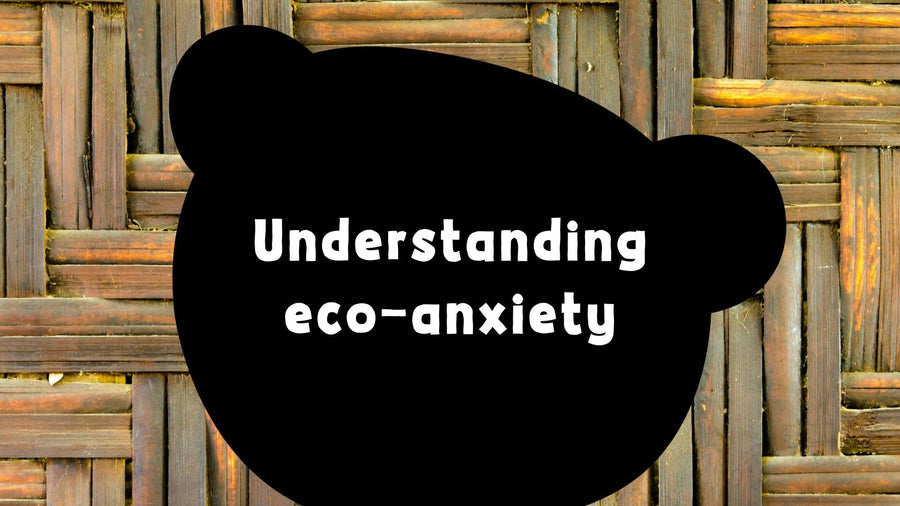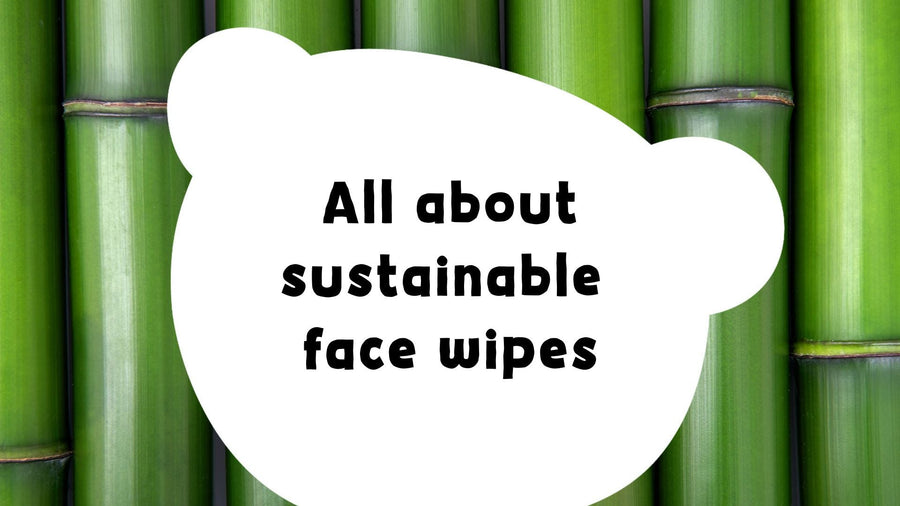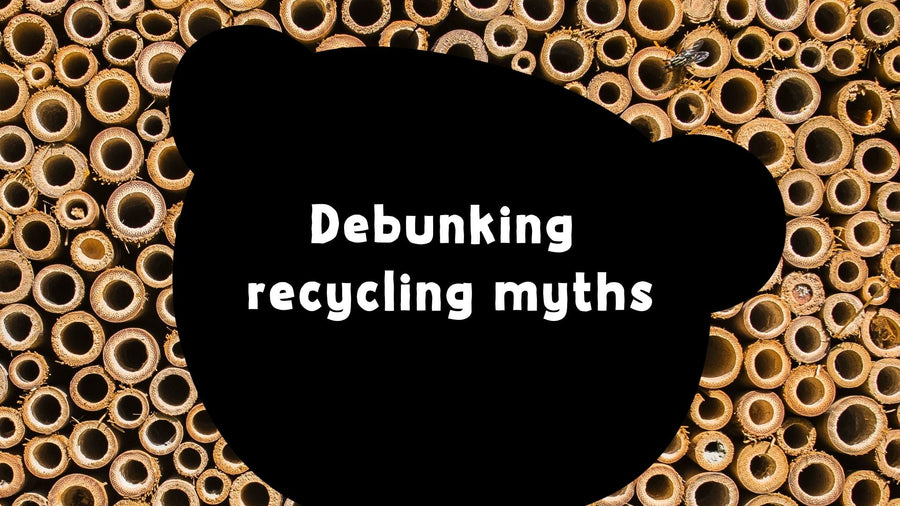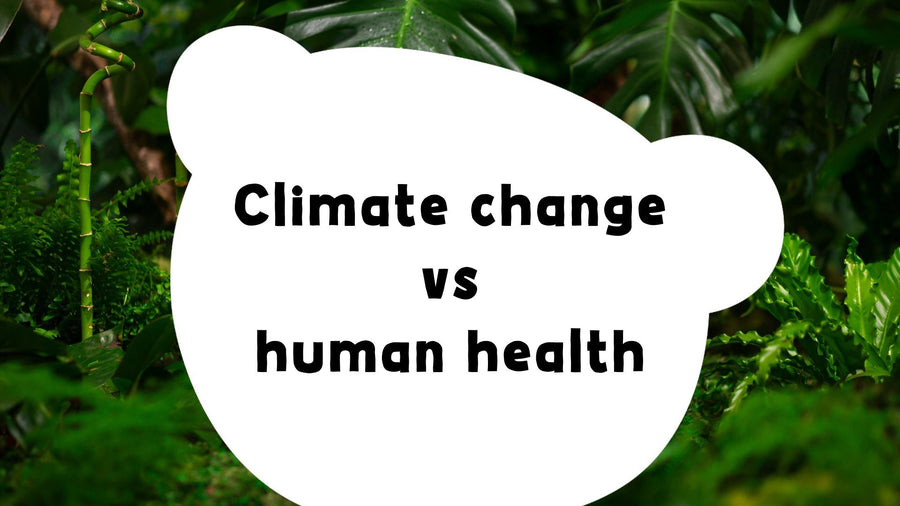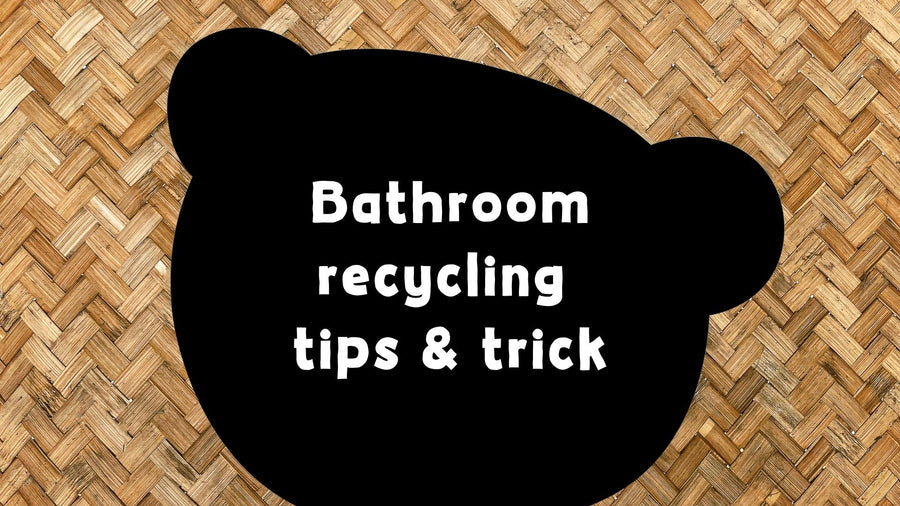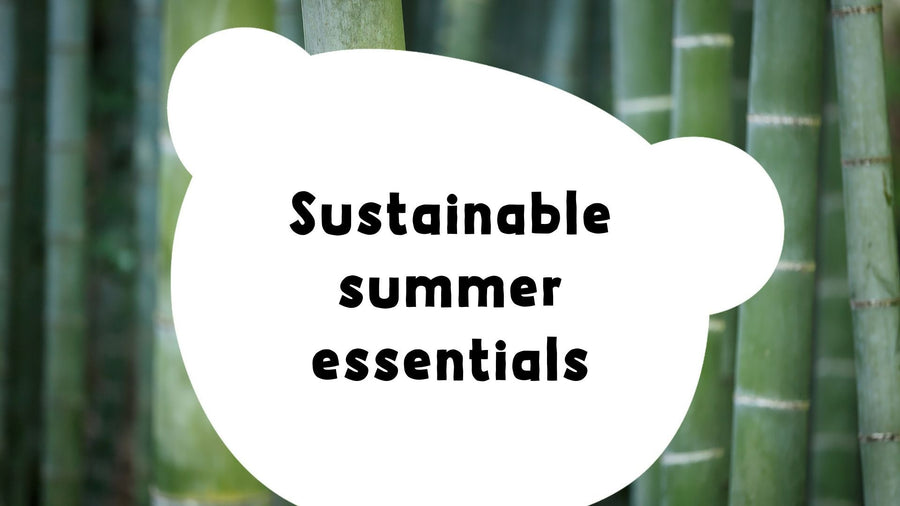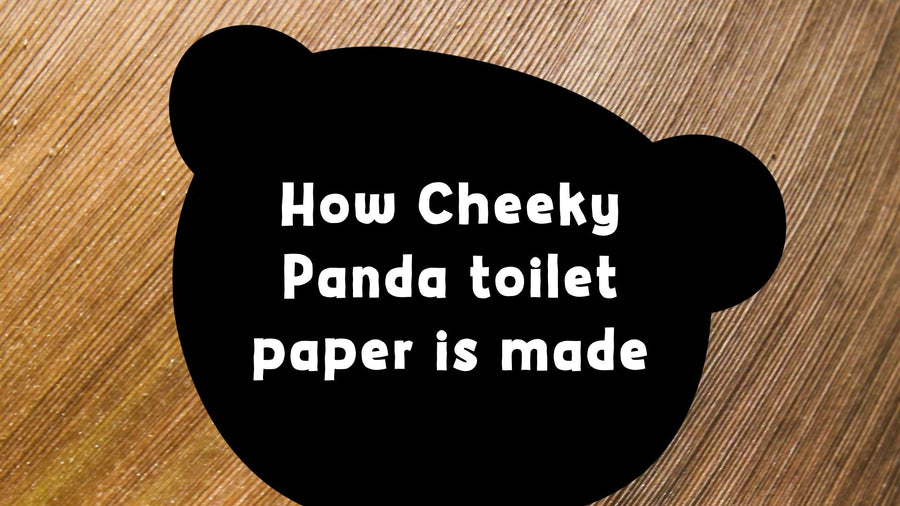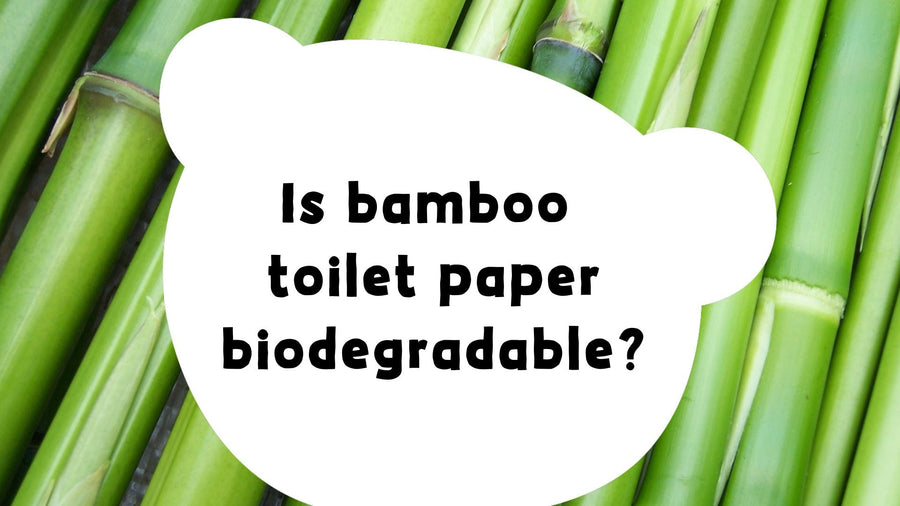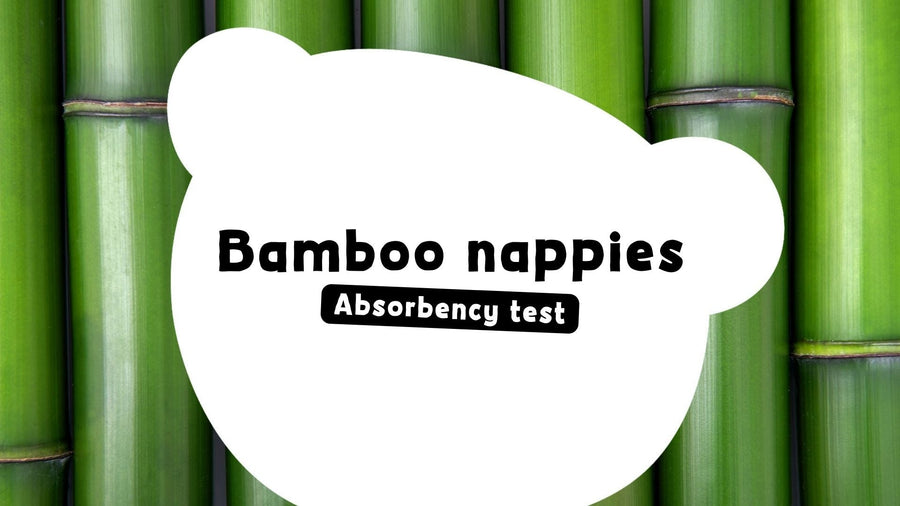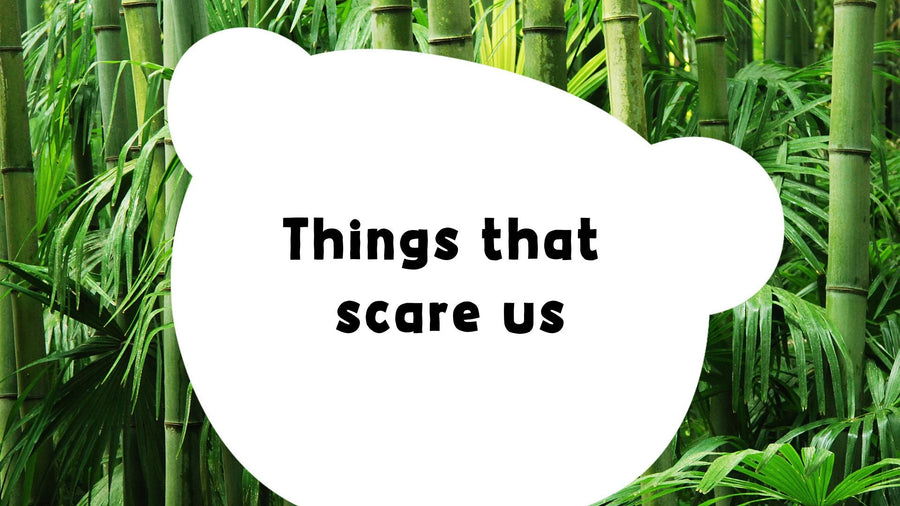The following article was written by our Co-Founder and CEO, Julie Chen.
In light of recent revelations highlighted by a Which? article, revealing that 60% of bamboo toilet paper brands contain more tree fibre than bamboo, with two brands admitting the mishap in their supply chain, and one brand disputing the test result, consumers find themselves ‘bamboozled’ about which brands they can actually trust.
Drawing from eight years of industrial experience and dedicated research into bamboo sustainability, I aim to shed light on these misconceptions and empower consumers to make informed choices.
Myth No. 1 - Mirror mirror on the wall, who’s the most sustainable of them all?
In 2023, The Cheeky Panda was voted by Which? members as the most sustainable toilet paper in the UK, with some brands having self-claimed ‘The most sustainable toilet paper in the UK’. But who truly has the credentials to hold this title? The reality is that any production process, including that of toilet paper, carries a carbon footprint. It's an inevitable aspect of human consumption. When it comes to toilet paper, the most sustainable way to wipe is to use reusable toilet paper or not use toilet paper at all. Unfortunately, for most of us, this is impractical.
To help consumers make the right decision, brands need to demonstrate understanding and to be transparent about their ENTIRE supply chain, utilise the most sustainable materials possible and improve their carbon footprint over time through technological and logistical efficiency. Sustainability is a journey for everyone, not a destination. Brands need to respect the Green Claims code and avoid misleading consumers with unsupported claims. Indeed, ‘the most’, ‘the best’ claims are against this code, as they are as yet unproven.
Myth No. 2 - Made in EU or UK is better than made in China
Contrary to popular belief, toilet paper manufactured in the EU doesn't necessarily equate to heightened sustainability, even if renewable energy is utilised. This is because the factories that produce the finished goods are typically converters, responsible for the final packaging of the products. This step only accounts for 10-20% of the carbon in the entire supply chain. The toilet paper supply chain involves farmers harvesting the raw material or manufacturers sourcing recycled materials, often from outside the UK. The majority of carbon is produced during the pulping of raw materials and the steps preceding the final packaging of the products. Transportation typically accounts for as little as 15% of the total carbon footprint in the entire supply chain.

Bamboo is grown in China, Vietnam, India and Brazil amongst other tropical climates, where it grows prolifically and is still under-utilised as a self-regenerating net positive natural resource. It makes sense to utilise a pre-existing natural resource that benefits the planet by its very existence.
Tree based pulp can travel from North America, South America, Canada forest, or sustainable forests in Finland, Sweden or Germany to UK for production.
Recycled toilet paper at scale is usually a global commodity, as high-quality recycled pulp remains scarce. In fact over the years, recycled content in toilet paper has reduced due to challenges in sourcing good quality raw materials.(1) Some waste paper or cardboard can be collected in the UK and processed into toilet paper locally but this isn’t a scalable solution. Furthermore, the production of recycled toilet paper often involves an intensive de-inking process, which may result in the presence of persistent chemicals like B.P.A. or PFAS in the finished products.
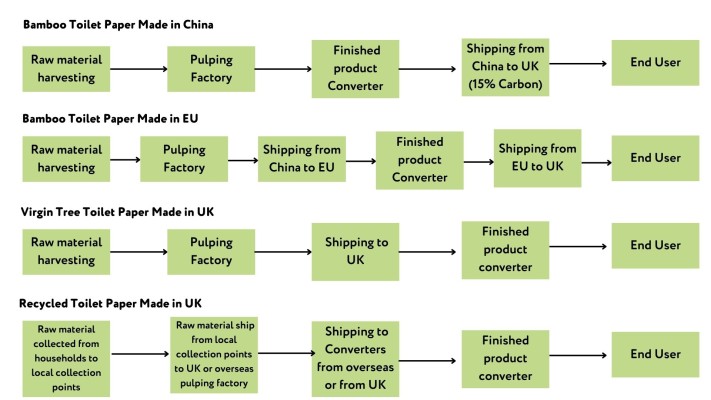
Differences in supply chains between regions.
Myth No. 3 - Unbleached toilet paper is better
All toilet paper undergoes some form of bleaching which might sound daunting, but it is a crucial step in toilet paper manufacturing to achieve the desired colour and cleanliness. Without bleaching, the toilet paper would be extremely brown and feel like sandpaper, and the dirt and germs wouldn’t be effectively removed. The so-called ‘unbleached’ toilet paper in the market generally has also undergone light bleaching. The difference between the brown and white varieties lies in the time the toilet paper spends in the solution. The longer it stays, the whiter the toilet paper becomes. However, modern advancements in bleaching technologies have focused on minimising environmental impact and ensuring sustainability throughout the production process. Whether white or brown, bamboo toilet paper production generally uses the ECF method, which minimises the formation of harmful chlorinated compounds and is considered a very environmentally friendly method.

The Cheeky Panda Naturally Coloured Toilet Paper
Myth No. 4 - FSC guarantees 100% bamboo
While the Forest Stewardship Council (FSC) ensures that bamboo toilet paper products are sourced sustainably, there are misconceptions regarding the guarantee of 100% bamboo content, with products carrying the FSC logo. FSC audits the entire supply chain, however they don’t carry out fibre testing themselves, or physically inspect the goods in the warehouse. Therefore, instances of mislabelling or inadvertent mixing with tree-based fibres can happen in the supply chain, as two bamboo brands that were highlighted as containing tree-based fibre have admitted.
In 2017, I conducted fibre tests personally on several bamboo toilet paper samples and discovered the presence of tree-based content in the tissue. As competition intensifies in the Chinese domestic markets for bamboo toilet paper, manufacturers in recent years may have compromised on bamboo content to stay competitive. The recent Which? report, initiated by a whistleblower familiar with industry practices, sheds light on this issue. Understanding such nuances can be particularly challenging for entrepreneurs without local knowledge to navigate the industry.

Bamboo Forest
The Cheeky Panda has a team based near the bamboo forests, specifically dedicated to quality control. During every pulp production run, a dedicated team member stands vigilantly next to the machine, overseeing the entire process to guarantee that the pulp supplied to The Cheeky Panda is genuinely 100% bamboo. In contrast, brands that rely on EU third-party converters to source pulp can lose control of the raw material, resulting in tree-based fibres being mixed into the final product.
Myth No. 5 - Fibre test doesn’t detect unbleached fibre
Our quality control team has confirmed that fibre test can detect both white and brown toilet paper regardless of colour. Even if fibre test could be imperfect, the discrepancy wouldn’t be over 90%. We have sent our 'unbleached' brown toilet paper for TAPPI T 401 testing and will inform everyone the outcome.
Myth No. 6 - Bamboo toilet paper is not sustainable due to long distance shipping.
The carbon footprint incurred during production of bamboo, virgin tree, and recycled options are very similar. The crucial differences lie in the pre-production phase.
When virgin trees are cut down, the root system is uprooted, releasing carbon back into the atmosphere as the trees are burned. New lands are required for tree replantation and substantial water usage may be needed in the initial years for tree growth.
In contrast, bamboo harvesting allows for regeneration from its own roots, eliminating the need for replantation. Bamboo relies solely on natural rainwater, making it significantly more efficient in terms of land and water usage. Furthermore, regularly harvested bamboo acts as a carbon sink, sequestering carbon beneath the ground through its root system, while the bamboo above the ground is harvested to make commodities like toilet paper.
Imagine bamboo as a perpetual decarbonisation machine that never ceases its work. Its byproducts can be utilised to create everyday items like toilet paper - an incredibly sustainable cycle indeed!
When it comes to recycled toilet paper, it lacks the inherent benefit of serving as a carbon sink. We aim to prove that the carbon sink benefits of bamboo outweigh the transportation from the bamboo fields (which typically constitute less than 15% of the entire supply chain) and offer a planetary benefit versus recycled.
To validate this hypothesis, we are collaborating with specialised consultants and eagerly anticipate sharing our findings with you. In the meantime, we have arranged a visit to our manufacturing partner and the bamboo forest, and we would be delighted to share our trip with you through an upcoming video series.
Thank you for reading, and for your continuous support.

